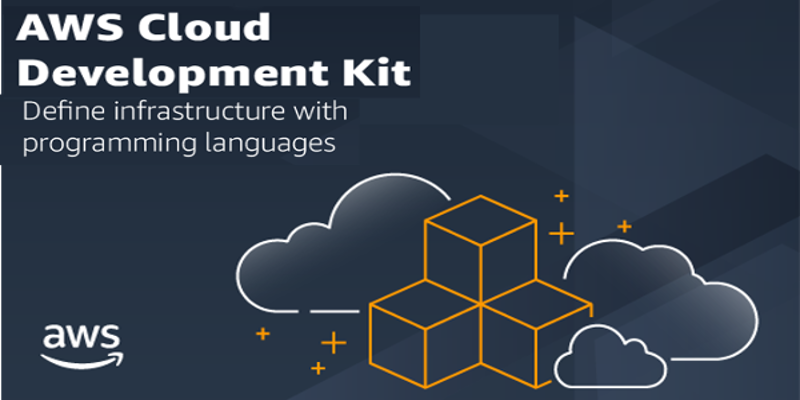AWS Developer Tools Blog
Category: AWS CloudFormation
.NET Lambda Annotations Framework is now generally available
We are happy to announce the general availability of the Lambda Annotations Framework for .NET. This new programming model makes the experience of writing Lambda in C# feel more natural for .NET developers by using C# Source Generators. In this post we’ll show how to use framework to simplifying writing .NET Lambda functions that are […]
Using Amazon Corretto (OpenJDK) for lean, fast, and efficient AWS Lambda Applications
Using Amazon Corretto (OpenJDK) for lean, fast, and efficient AWS Lambda By Guest Blogger Adam Bien In this post, I will discuss how you can launch large, monolithic applications on top of AWS Lambda, and I’ll show that they perform well and are cost effective. You’ll learn that the same application you develop for Lambda […]
Build and Deploy a Microsoft .NET Core Web API application to AWS App Runner using CloudFormation
In this blog we show you how to build a Microsoft.NET Web API application with Amazon Aurora Database using AWS App Runner. AWS App Runner makes it easy for developers to quickly deploy containerized web applications and APIs, and helps us start with our source code or a container image. Container workload management tasks, such […]
How customer feedback shaped the AWS Cloud Development Kit version 2
The DevOps movement has blurred the line between runtime code and infrastructure code, and it’s no surprise that engineers want to write both in the same language. This is why we created the AWS Cloud Development Kit (CDK), which enables you to define your cloud Infrastructure as Code (IaC) using the familiarity and expressive power […]
How Vendia leverages the AWS CDK to dynamically provision cloud infrastructure
In this guest post, Ryan Green, senior software engineer, explains how Vendia uses the AWS Cloud Development Kit (AWS CDK) and AWS CloudFormation to dynamically provision cloud infrastructure on behalf of their customers. Abstract Vendia enables organizations to securely share data and code across regions, accounts, and clouds at scale. Vendia Unis, or Universal Apps, […]
Deploying AWS Step Functions using GitHub Actions
In order to achieve repeatable, secure, and automated deployments, it is necessary to set up a CI/CD pipeline. Typically, the CI/CD pipeline will lint configurations, build, test, and deploy your code and infrastructure using one seamless process. A common best practice for deploying your infrastructure and code to AWS is to tie into a source […]
Migrating CloudFormation templates to the AWS Cloud Development Kit
AWS CloudFormation gives developers and systems administrators an easy way to create and manage a collection of related AWS resources, provisioning and updating them in an orderly and predictable fashion. You can use AWS CloudFormation’s sample templates or create your own templates to describe the AWS resources, and any associated dependencies or runtime parameters, required […]
CDK Pipelines: Continuous delivery for AWS CDK applications
The AWS Cloud Development Kit (AWS CDK) is an open-source software development framework to define cloud infrastructure in familiar programming languages and provision it through AWS CloudFormation. The AWS CDK consists of three major components: The core framework for modeling reusable infrastructure components A CLI for deploying CDK applications The AWS Construct Library, a set […]
Introducing the AWS CDK public roadmap
We’ve published an AWS Cloud Development Kit (CDK) public roadmap on GitHub! As an open source project, we’re all about transparency and want to help you plan by making it easier to follow upcoming features and let us know what we should work on next. Checkout the CDK roadmap to see what we’re up to, […]
Handling arbitrary HTTP requests in Amazon API Gateway
In this post, I walk you through the steps to build a serverless web application that can accept arbitrary HTTP requests and use custom logic to return arbitrary responses. The concepts in this post are applicable to any situation where you require flexible control over the HTTP requests received and returned by an application that uses […]








